Results comparable to those found in commercial facilities
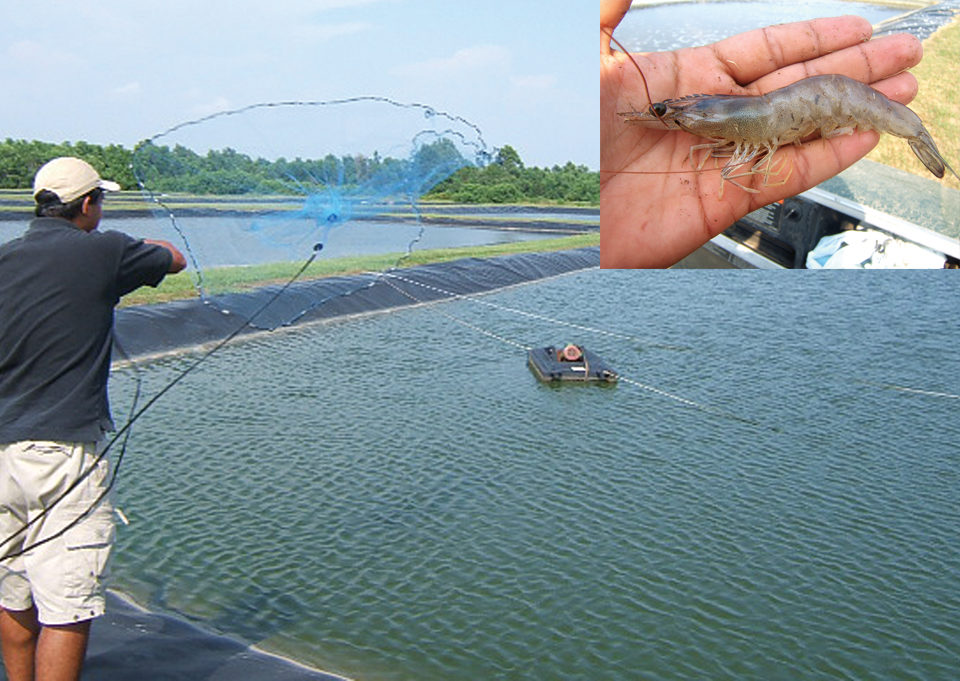
The worldwide increase in marine shrimp production has been accompanied by a decrease in shrimp value and reduced profitability in recent years. Consequently, there has been a general interest in reducing shrimp production costs, especially the cost of feed.
Minimizing the inclusion of expensive ingredients of marine animal origin – mainly fishmeal – in feed is one way to lower expenses. Fishmeal is the most important and costly protein source in most aquafeeds, with commercial shrimp formulations including 25 to 50 percent fishmeal.
Recent studies have demonstrated that fishmeal can be included at lower levels with no adverse effects, and that less-expensive, high-quality plant protein sources can successfully replace fishmeal in shrimp feeds without compromising shrimp growth. In spite of these encouraging findings, the practical application of data from these studies has been limited because pond production conditions differ greatly from experimental laboratory conditions, where shrimp are not grown to commercial size and do not have access to natural food.
In order to evaluate the capacity of marine shrimp to use alternative feeds including plant proteins as substitute ingredients for fishmeal under practical pond conditions, the authors recently conducted a growth trial in a semi-intensive pond production system at the Claude Peteet Mariculture Center in Gulf Shores, Alabama, USA. The study was funded by the American Soybean Association.
Shrimp study
Pacific white shrimp (Litopenaeus vannamei) postlarvae were obtained from a commercial hatchery and maintained in a nursery system, where the shrimp were acclimated and quarantined for 19 days. After the nursery phase, juvenile shrimp with a mean weight of about 0.031 grams were stocked at a density of 35 shrimp per square meter in 16, 0.1-ha low-water-exchange ponds with aeration. The shrimp were cultured for 18 weeks.
Four commercially extruded diets formulated to contain 35 percent crude protein and 8 percent lipid were evaluated. These diets included varying levels of fishmeal, which was replaced by a combination of solvent-extracted soybean meal and corn gluten meal.
All diets included a fixed level of poultry byproduct meal and were formulated to correct nutritional imbalances (Table 1). Additional fish oil was added to the diets with reduced fishmeal to compensate for the loss of lipids normally supplied by the fishmeal. The shrimp were fed twice a day, with feed inputs back calculated from an expected weight gain of 1.2 grams per week, a feed-conversion ratio of 1.5:1, and 70 percent survival.
Amaya, Composition of test diets for Pacific white shrimp, Table 1
| Ingredient | 9% Fishmeal | 6% Fishmeal | 3% Fishmeal | No Fishmeal |
|---|
Ingredient | 9% Fishmeal | 6% Fishmeal | 3% Fishmeal | No Fishmeal |
|---|---|---|---|---|
| Soybean meal (%) | 32.48 | 34.82 | 37.17 | 39.52 |
| Poultry by-product meal (%) | 16.0 | 16.0 | 16.0 | 16.0 |
| Milo (%) | 35.47 | 33.82 | 32.33 | 30.68 |
| Corn gluten meal (%) | – | 1.67 | 3.17 | 4.84 |
| Fish oil (%) | 3.96 | 4.22 | 4.47 | 4.72 |
| Dicalcium phosphate (%) | 1.50 | 1.88 | 2.27 | 2.65 |
| Others (%) | 1.59 | 1.59 | 1.59 | 1.59 |
| Crude protein (%) | 35.7 | 35.9 | 36.2 | 36.6 |
| Crude fat (%) | 8.4 | 8.3 | 8.6 | 8.4 |
| Crude fiber (%) | 2.4 | 1.8 | 2.1 | 1.9 |
| Ash (%) | 8.2 | 7.9 | 7.9 | 8.1 |
Shrimp were sampled on a weekly basis to check for general health and growth. Water quality parameters, including dissolved oxygen, temperature, pH, and salinity, were monitored twice a day. Total ammonium nitrogen and turbidity were measured once per week.
Shrimp performance
Production performance was similar among all treatments at the end of the culture period. However, feed costs were reduced as more plant proteins were included in the diets (Table 2). The ponds yielded 5,363 to 6,548 kilograms per hectare of 18.4- to 20.7-gram shrimp with survival rates of 84 to 94 percent. Feed conversion ranged 1.12 to 1.38.
Amaya, Production parameters after 18 weeks for shrimp fed diets, Table 2
| Parameter | 9% Fishmeal | 6% Fishmeal | 3% Fishmeal | No Fishmeal |
|---|
Parameter | 9% Fishmeal | 6% Fishmeal | 3% Fishmeal | No Fishmeal |
|---|---|---|---|---|
| Final weight (g) | 19.6 | 18.4 | 19.8 | 20.7 |
| Yields (kg shrimp/ha) | 5,847 | 5,363 | 6,548 | 6,347 |
| Weight gain (g/week) | 1.11 | 1.04 | 1.13 | 1.19 |
| Feed-conversion ratio | 1.24 | 1.38 | 1.12 | 1.14 |
| Survival (%) | 87.2 | 84.0 | 94.0 | 87.4 |
| Feed price (U.S. $/kg) | 0.531 | 0.526 | 0.520 | 0.515 |
Comparable to those found in commercial shrimp production facilities, these results demonstrated that a combination of soybean meal and corn gluten meal can completely substitute for fishmeal in commercial shrimp feeds – without compromising the production performance of shrimp – and reduce feed costs.
(Editor’s Note: This article was originally published in the November/December 2006 print edition of the Global Aquaculture Advocate.)
Now that you've reached the end of the article ...
… please consider supporting GSA’s mission to advance responsible seafood practices through education, advocacy and third-party assurances. The Advocate aims to document the evolution of responsible seafood practices and share the expansive knowledge of our vast network of contributors.
By becoming a Global Seafood Alliance member, you’re ensuring that all of the pre-competitive work we do through member benefits, resources and events can continue. Individual membership costs just $50 a year.
Not a GSA member? Join us.
Authors
-
Elkin A. Amaya
Department of Fisheries And Allied Aquacultures
203 Swingle Hall
Auburn University
Auburn, Alabama 36849-5419 USA -
D. Allen Davis, Ph.D.
Department of Fisheries And Allied Aquacultures
203 Swingle Hall
Auburn University
Auburn, Alabama 36849-5419 USA -
David B. Rouse, Ph.D.
Department of Fisheries And Allied Aquacultures
203 Swingle Hall
Auburn University
Auburn, Alabama 36849-5419 USA
Related Posts
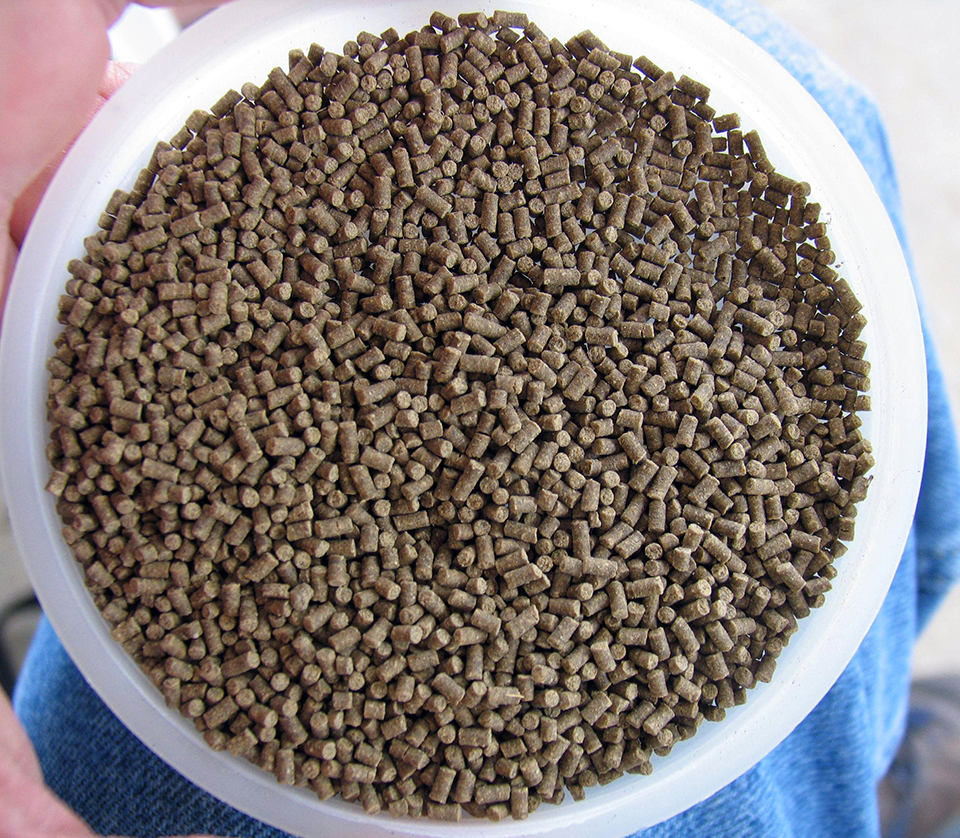
Health & Welfare
A case for better shrimp nutrition
Shrimp farm performance can often be below realistic production standards. Use proven nutrition, feeds and feeding techniques to improve profitability.
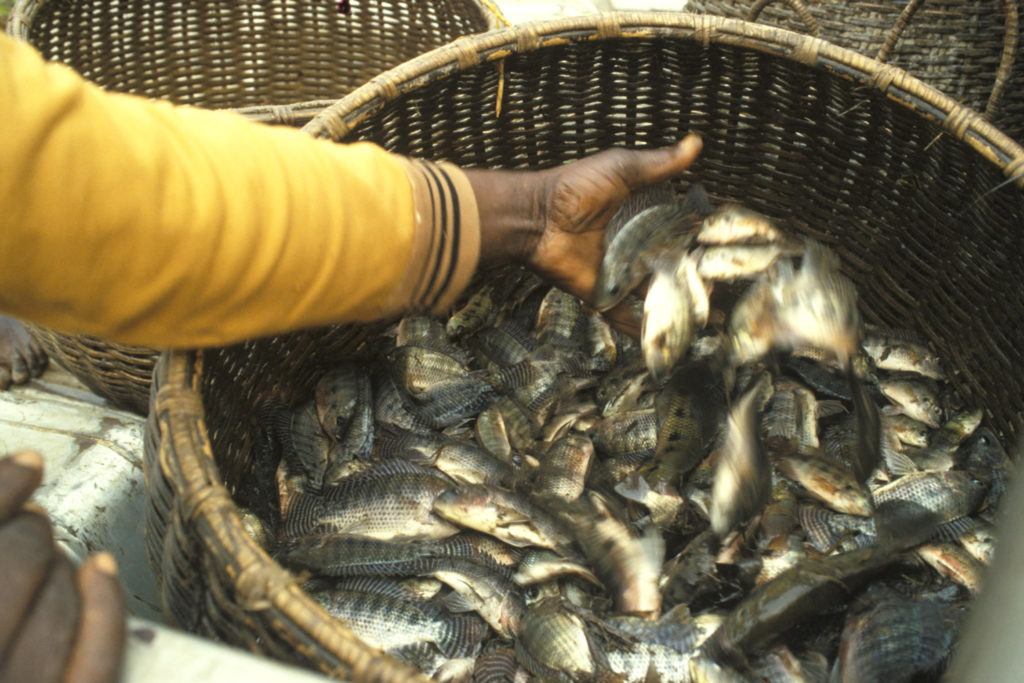
Responsibility
A helping hand to lend: UK aquaculture seeks to broaden its horizons
Aquaculture is an essential contributor to the world food security challenge, and every stakeholder has a role to play in the sector’s evolution, delegates were told at the recent Aquaculture’s Global Outlook: Embracing Internationality seminar in Edinburgh, Scotland.
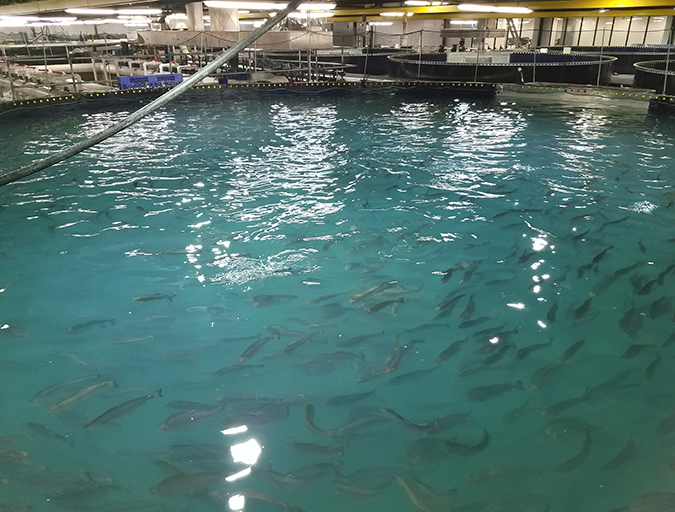
Intelligence
A land grab for salmon (and shrimp) in upstate New York
The operators of Hudson Valley Fish Farm see their inland locale as a pilot to prove that land-based fish farming, located in close proximity to major metropolitan markets, can be successful.
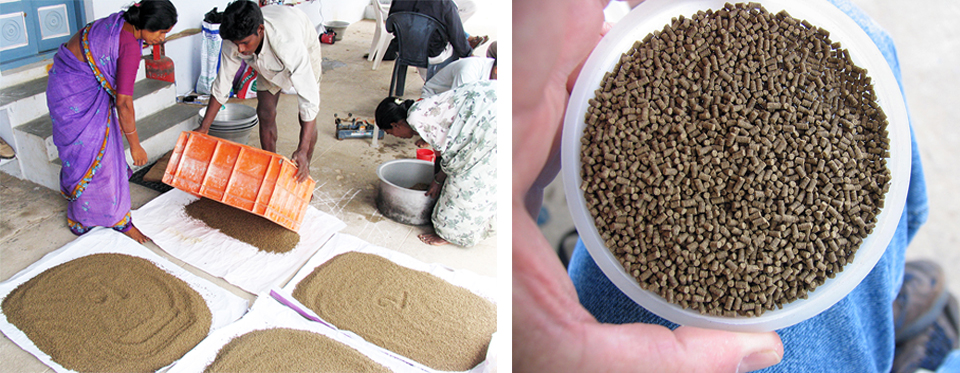
Aquafeeds
A look at India’s fish feed industry
India's fish-farming industry makes limited use of modern feeds, providing potential for the feed sector to grow. Commercial feeds are predominantly used for pangasius farming, followed by a rising popularity in carp culture.


